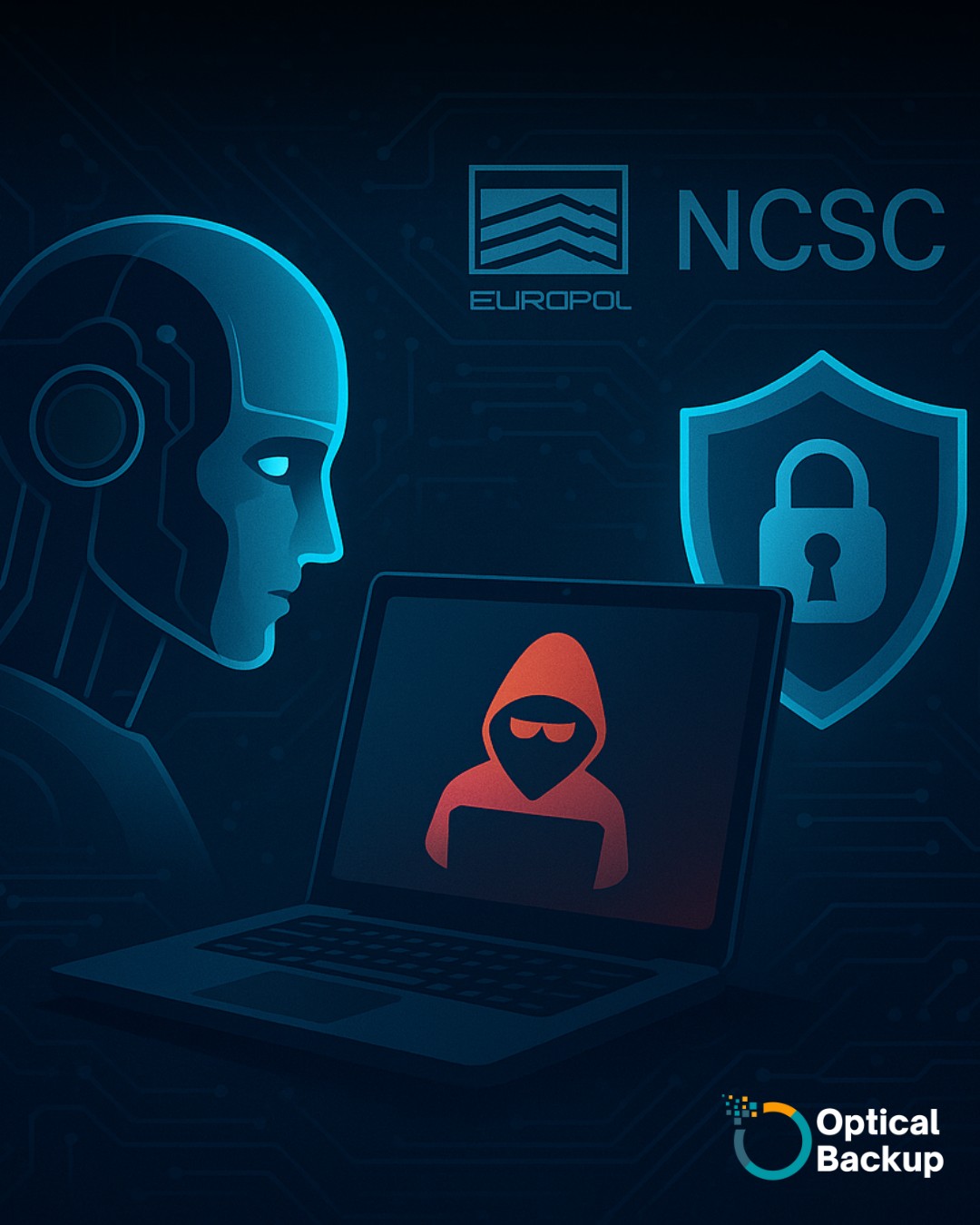Why Governments Need Immutable Backup: Preserving Cultural Identity through Archival Technology
Cultural heritage is the essence of our identity, composed of countless pieces of history, art, and tradition. It is the responsibility of governments to safeguard this heritage, ensuring future generations can explore their roots and appreciate their shared history. However, with the digital revolution, a new challenge has emerged in protecting these invaluable assets from loss, corruption, or catastrophe. This is where the importance of a robust, reliable backup strategy becomes paramount.
Impacts of Digital Asset Loss on Collective Memory
In recent years, several incidents have underscored the vulnerability of digital archives. A notable example is the loss suffered by the Library of Congress in the United States. In 2010, due to inadequate backup systems, the Library lost a significant portion of its digital collection, a blow to the nation’s collective memory and historical record.
Similarly, the National Archives of Australia suffered a loss of considerable digital files in 2016 due to a combination of technical and procedural failures. These losses have significant implications, impacting not only the preservation of history but also the ability of these institutions to function effectively.
Understanding Immutable Backup
To prevent such catastrophic loss, governments must embrace advanced backup strategies. The concept of immutable backup proves highly relevant in this context. Immutable backup refers to data that cannot be modified or deleted after it has been written. This ensures that once data is backed up, it remains untouched, safe from accidental deletion, malicious attacks, or system failures.
OpticalBackup: A Viable Solution for Long-Term Backup
OpticalBackup offers a secure and reliable solution for government archives, providing both offline backup and long-term backup capabilities. Offline backup ensures that the data is physically disconnected from the system, offering an added layer of protection against cyber threats. Long-term backup, on the other hand, guarantees that the data remains accessible and retrievable for extended periods, a crucial feature for preserving cultural heritage.
Risk of Cloud Backup
While cloud backup solutions may seem appealing due to their convenience and scalability, they are not without risk. Cloud backup services can be vulnerable to hacking attempts, data corruption, and even company closures. These risks highlight the need for a more secure, offline backup solution like OpticalBackup that can provide immutable, long-term protection for digital assets.
The Future of Cultural Heritage Preservation
As governments continue to digitize their archives, the need for secure and reliable backup solutions becomes ever more critical. OpticalBackup provides a solution that aligns with the requirements of preserving cultural heritage, offering the peace of mind that comes with knowing our shared history is safe and secure.
In a world increasingly reliant on digital technology, governments must prioritize the protection of their digital archives. By implementing robust backup strategies, we can ensure the preservation of our cultural heritage for generations to come.
Discover how OpticalBackup can secure your digital archives. Try OpticalBackup today and take a significant step towards safeguarding your nation’s cultural identity.



